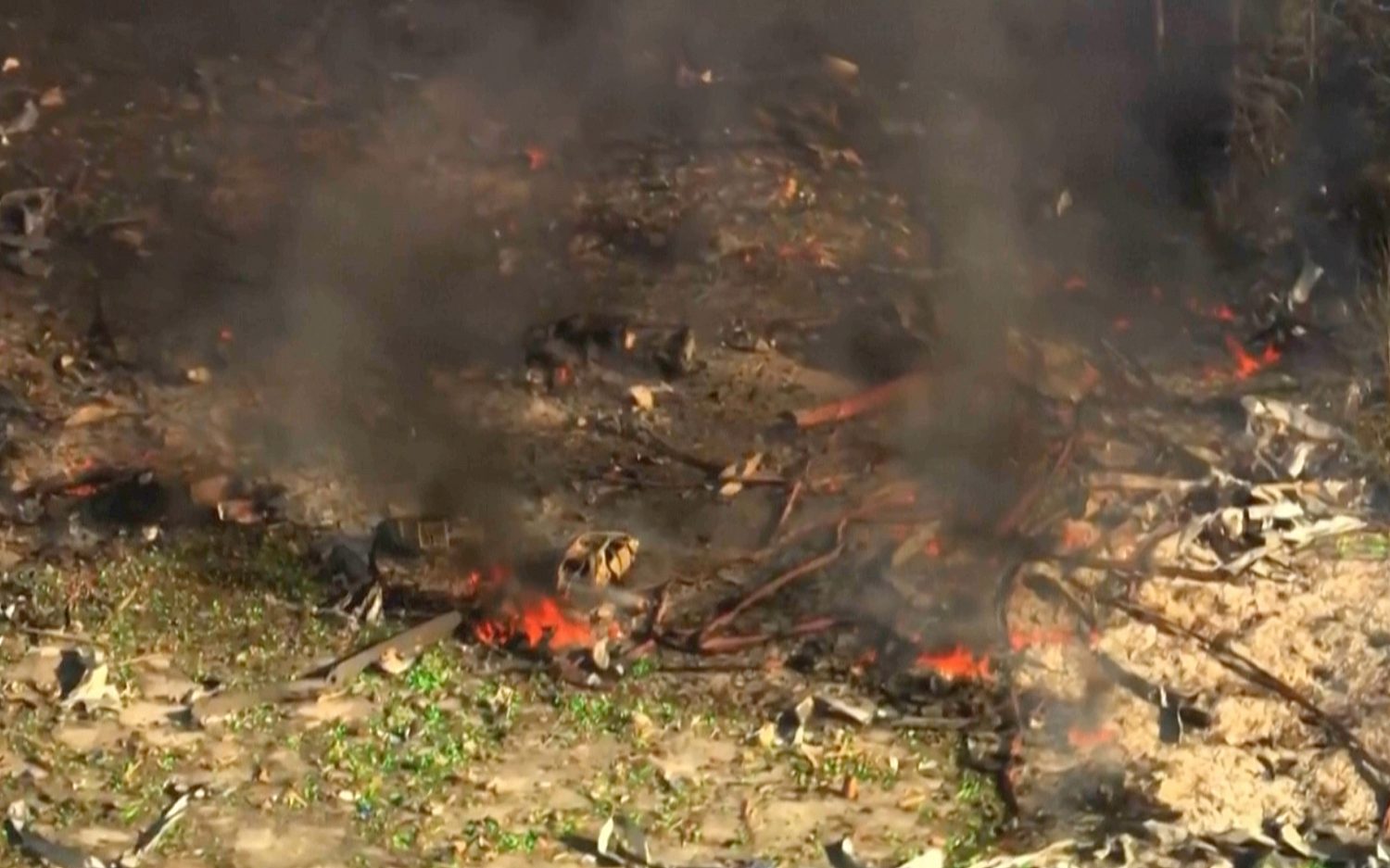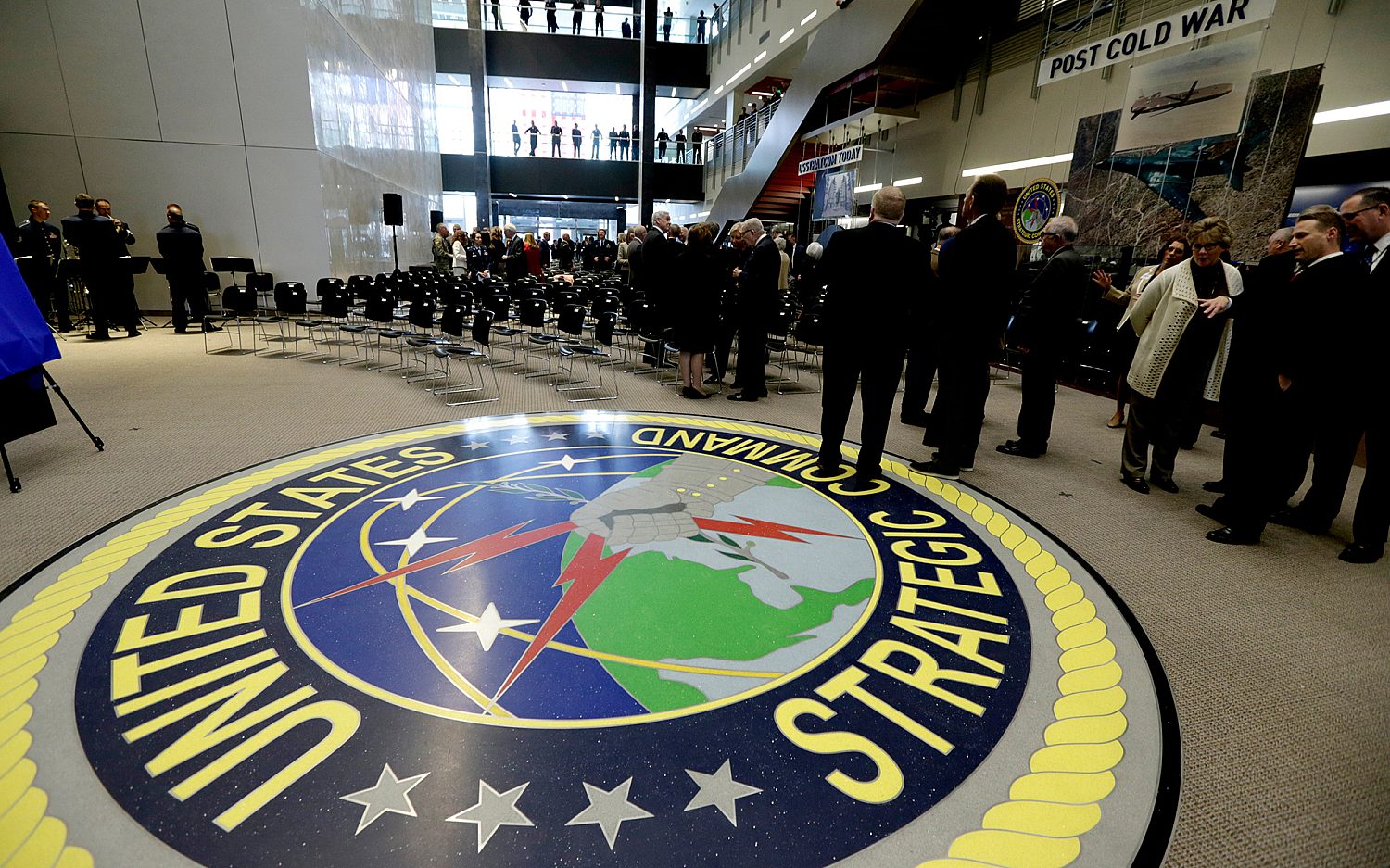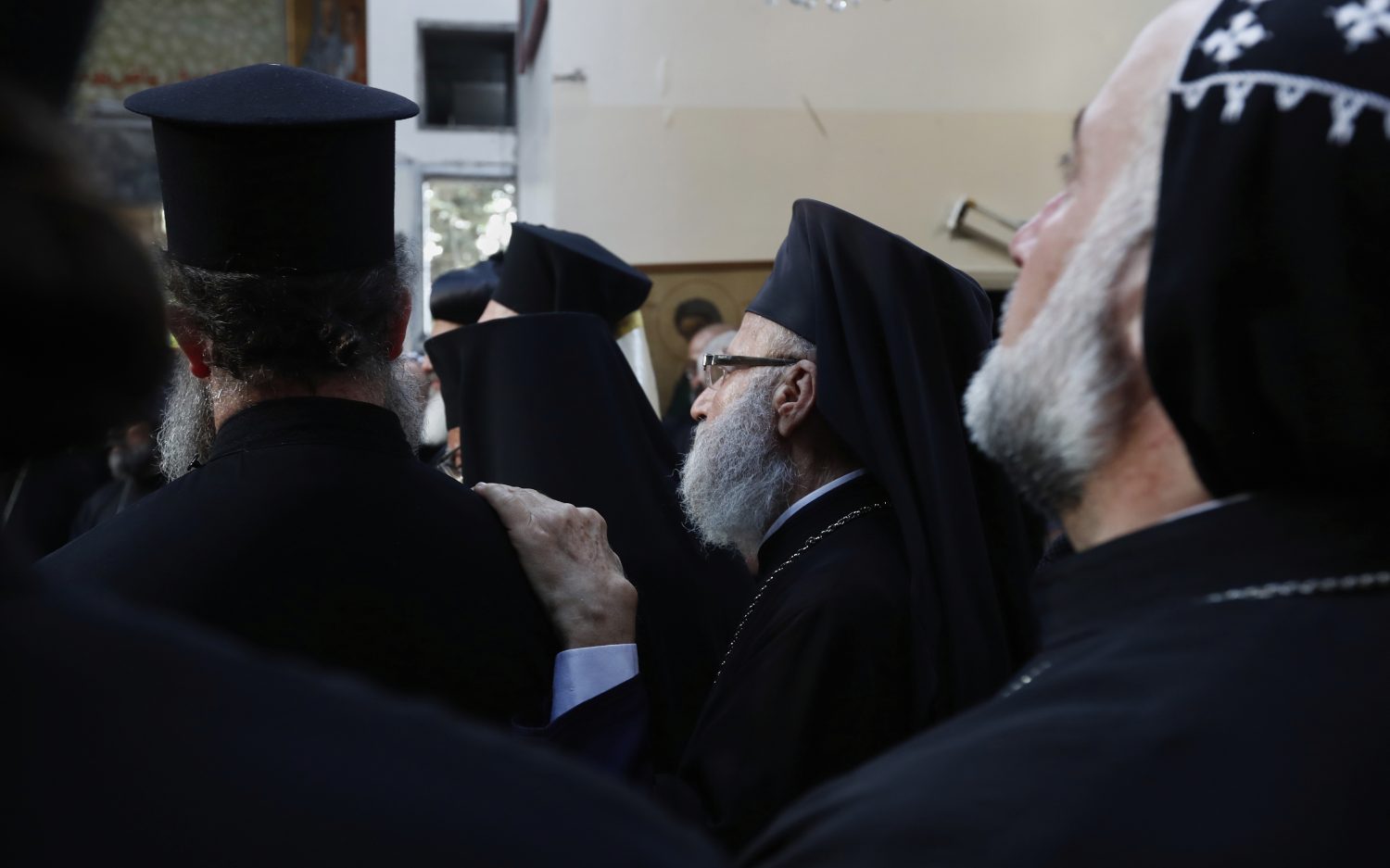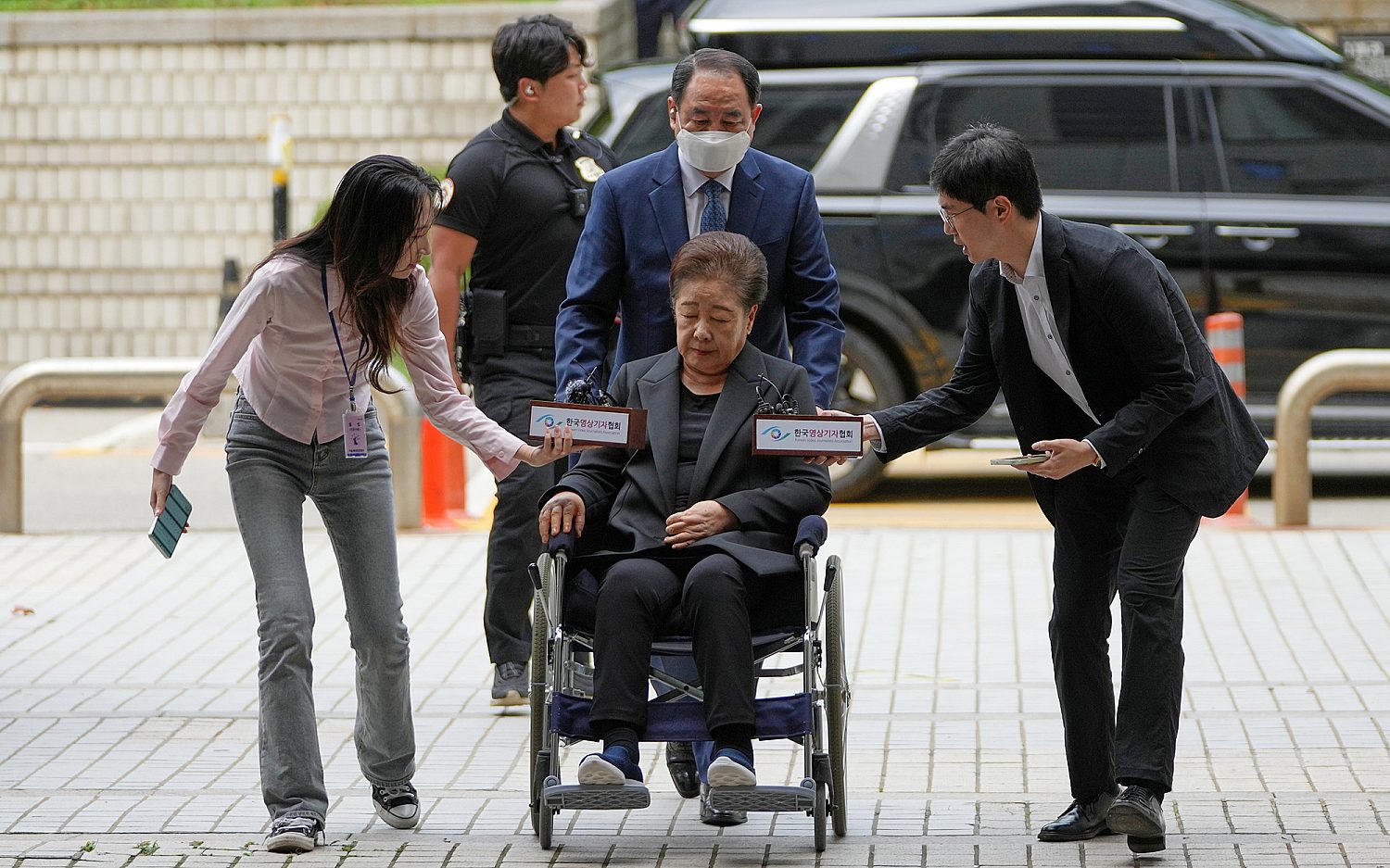Murders put spotlight on Seattle's homeless crisis
When three teenage brothers last month murdered two vagrants in “The Jungle,” a crime-ridden homeless camp near baseball’s Safeco Field in Seattle, both police and ministries increased their focus on what might be the city’s biggest blemish.
About 10,000 homeless people live in the Seattle area of King County, ranking it third among major American cities, according to the U.S. Department of Housing and Urban Development. Last fall, Seattle Mayor Ed Murray and King County Executive Dow Constantine declared a state of emergency and directed toward homelessness more than $9 million in new spending. The night of the murders, Murray said the homeless situation is the “worst since the Great Depression.”
The Jungle for decades has been the site of stabbings, rapes, and murders. The 2-mile-long, 100-acre wooded stretch below Interstate 5 “lives up to its name,” according to King County Prosecutor Dan Satterberg. Because of the recent murders, Seattle Fire Chief Harold Scoggins prohibits firefighters and medics from entering homeless encampments unless they have police backup.
Efforts to provide safer places for those without shelter—such as “tent cities”—draw criticism from some Seattle residents who say they don’t offer long-term solutions. Churches and other organizations that donate food or work to clean up the area can exacerbate problems by enabling transients, some complain.
Jeff Lilley, president of Seattle’s Union Gospel Mission, said his organization sends out “search and rescue” vans with gloves, hot chocolate, and sandwiches seven nights a week to the “dark and messy” areas of the community, including The Jungle. He said he understands why critics perceive efforts to help the homeless as enabling.
“Even though we don’t agree with their lifestyle, we believe that if we’re going to be able to help them, we’ll have to go to them,” he said.
The mission’s role is to build relationships with those in desperate need so when they’re ready to change their lifestyle, they know where to go for help.
“What we’re enabling them with may help them survive the night,” Lilley said. “You can’t help somebody with their addiction if they’re dead. … We’re not fans of The Jungle, but we find people who are hurting there.”
The Associated Press contributed to this report.
An actual newsletter worth subscribing to instead of just a collection of links. —Adam
Sign up to receive The Sift email newsletter each weekday morning for the latest headlines from WORLD’s breaking news team.




Please wait while we load the latest comments...
Comments
Please register, subscribe, or log in to comment on this article.